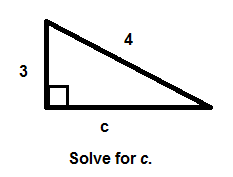It's just an observation, but I'll be highly appreciated if anyone with experience in teaching (or TA-ing) lower-division calculus can explain this phenomenon in detail.
I'm one of a TAs who's responsible to write up a section quiz last week. According to the course instructor's email one of the main topics in lectures was partial fraction. He went over examples that involve repeated root in the denominator.
I composed the problem $\int\frac{2x^2+7x+6}{x^3+x^2}\mathrm{d}x$ then realized it might be too challenged for a short quiz. To make it easier, I broke the problem into two parts, and partially gave the answer.
1(a) $$\frac{2x^2+7x+6}{x^3+x^2}=\frac{1}{x}+\frac{c}{x^2}+\frac{1}{x+1}$$ Compute $c$.
and the next part was evaluating the integral.
The interesting thing I observed when I graded was, about a quarter of students wrote down something similar to,
$$\frac{2x^2+7x+6}{x^3+x^2}=\frac{A}{x}+\frac{B}{x^2}+\frac{C}{x+1}$$
Some of them messed up the calculation after that and some of them forgot the "$B$" they wrote was the "$c$" they had to compute.
The thing I don't understand is why people want to make an easy problem harder, so I come up with the explanation I write in the title of this post. Because most partial fraction problems in textbook/lecture set up that way, they want to do all the related problems using identical notations.
Any insight to this phenomenon is welcome.
